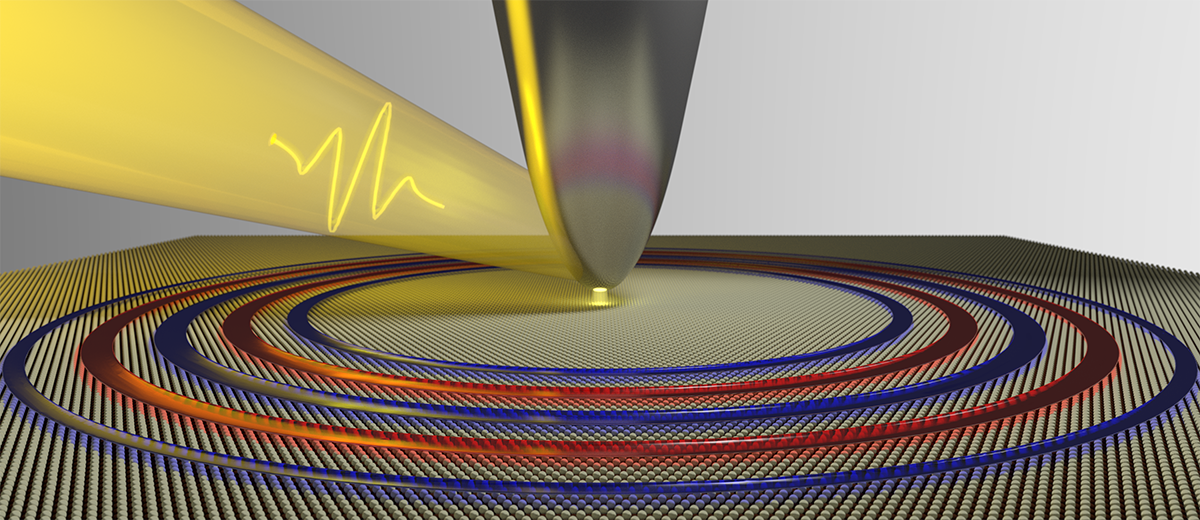Superconductors are materials with no electrical resistance whatsoever, commonly requiring extremely low temperatures. They are used in a wide range of domains, from medical applications to a central role in quantum computers. Superconductivity is caused by specially linked pairs of electrons known as Cooper pairs. So far, the occurrence of Cooper pairs has been measured indirectly macroscopically in bulk, but a new technique developed by researchers at Aalto University and Oak Ridge National Laboratories in the US can detect their occurrence with atomic precision.
Tag: quantum material
Taking lessons from a sea slug, study points to better hardware for artificial intelligence
For artificial intelligence to get any smarter, it needs first to be as intelligent as one of the simplest creatures in the animal kingdom: the sea slug.

Making Quantum ‘Waves’ in Ultrathin Materials
A team of researchers co-led by Berkeley Lab has observed unusually long-lived wavelike electrons called “plasmons” in a new class of electronically conducting material. Plasmons are very important for determining the optical and electronic properties of metals.